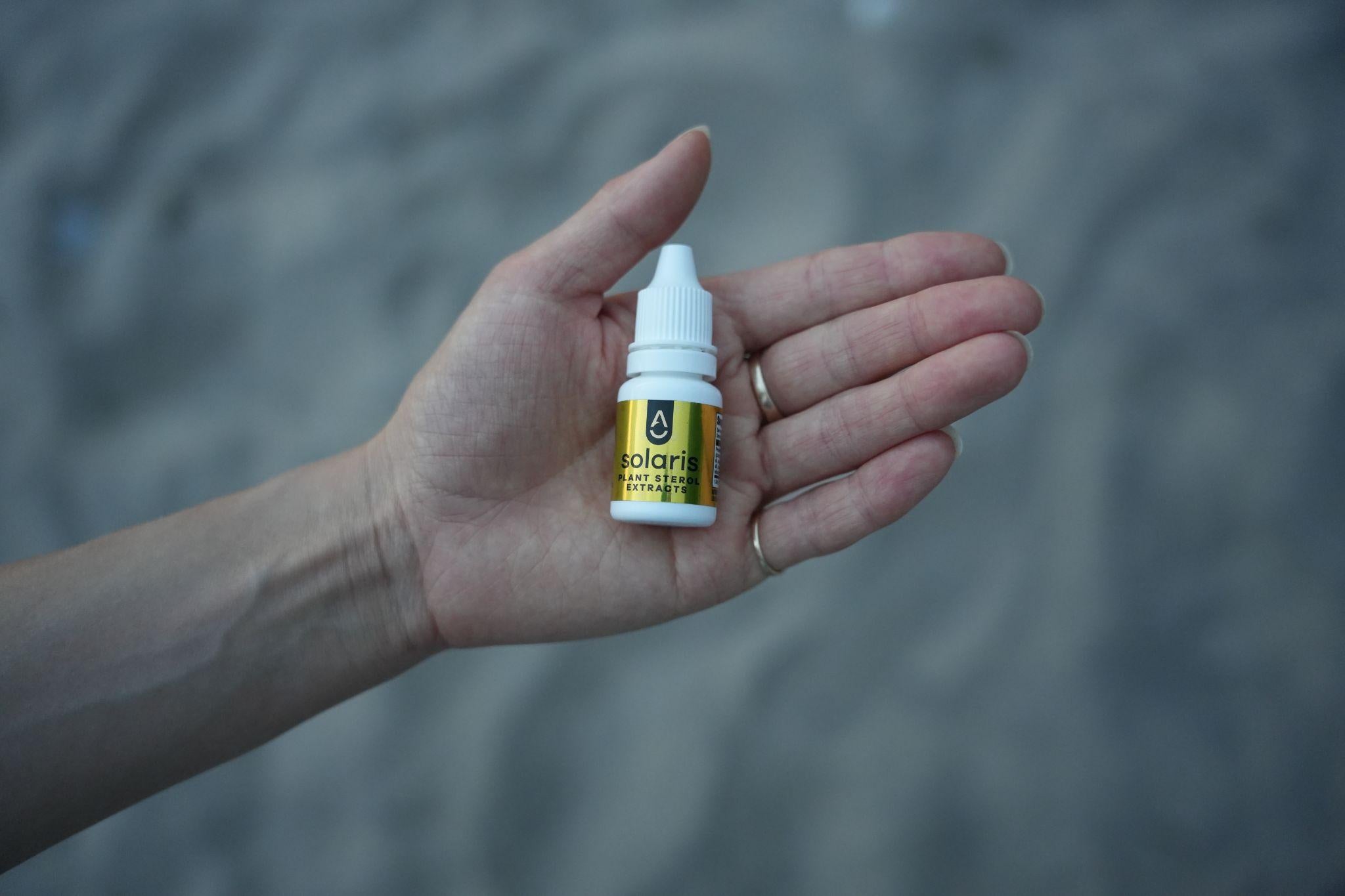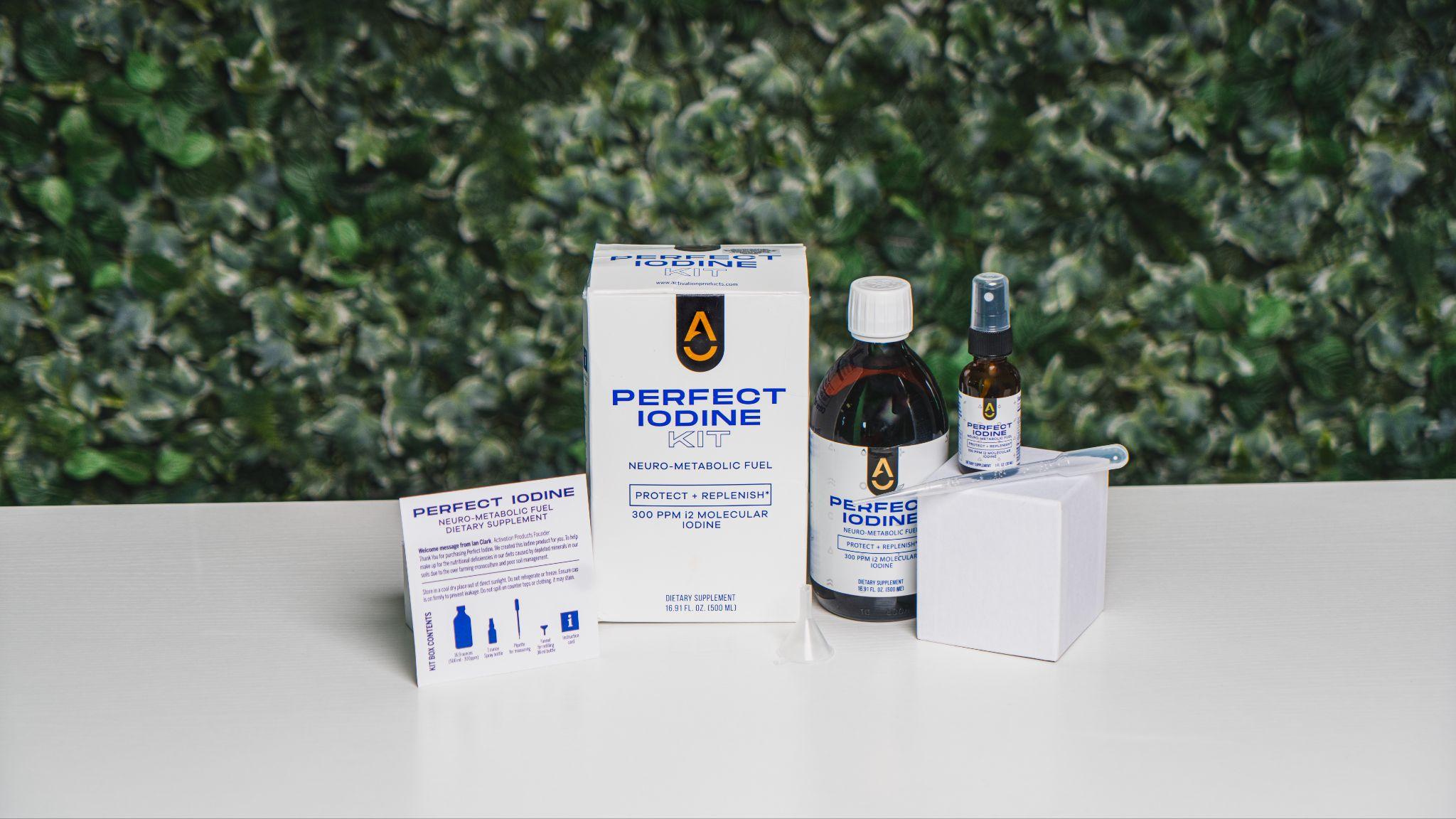
Given that about 50% of the world’s population is female, it’s safe to say almost half of all people have experienced various symptoms associated with periods.
A woman’s period generally begins at puberty and continues more or less monthly until menopause, which usually occurs between the ages of 45 and 55.
Sadly, many women dread their periods. They can come with uncomfortable symptoms like mood imbalances, intense cramping, headaches and bloating. It can be a very painful and overwhelming time of the month for many women. Some women have pain so severe during their periods that they miss school or work. Approximately 15% of women describe their menstrual pain as severe.
Understanding Menstrual Pain
The medical term for menstrual pain is primary dysmenorrhea, but most people refer to it simply as “cramps”. Cramps usually begin before the first period, when women begin to ovulate regularly. This pain is not indicative of a problem, but is simply the normal experience of feeling the uterus contract. Cramps usually start a day or two prior to menstrual flow and may continue through the first two days or so of the period. The pain is usually felt in the lower abdomen or the back. Often, pain decreases in both frequency and severity as a woman gets older or after she gives birth.
In addition to cramping, some women experience other symptoms, such as:
- Nausea
- Lower back pain
- Headaches
- Sweating
- Bloating
- Loose stools
- Constipation
Some period pain is known as secondary dysmenorrhea, which is characterised by cramping due to identifiable medical conditions. This is significantly less common, though it still affects a large number of women.
So what causes period pain?
Menstrual cramps are caused by contractions of the uterus. The uterus, which is made up of the strongest muscles in the human body by weight (though only found in females of course), contracts throughout a woman’s period in order to expel blood and uterine lining. The contractions are triggered by prostaglandins, which are a type of hormone.
Women with more elevated levels of prostaglandins may experience more severe menstrual cramping than women with lower levels.
In cases of secondary dysmenorrhea, the cramping is due to medical problems such as endometriosis, a medical condition in which tissue that normally lines the uterus — the endometrius — is present in other areas of the body (usually within the pelvis, on the ovaries or bowels, for example). Another medical problem that can contribute are uterine fibroids, non-cancerous tumors that grow from the muscle layers of the uterus.
While these types of medical conditions are capable of causing menstrual cramps, for most women period pain is totally normal and not a sign of a problem…though it can still be very frustrating and unpleasant!
How to Deal with Menstrual Pain
There are a number of things you can do to get through the discomfort.
Positive Mind
Think happy period thoughts! Studies show that those with a positive attitude about their periods tend to experience less pain. Try positive visualisation. When experiencing cramps, relax and close your eyes. Imagine your healthy uterus doing what it needs to do to prepare your body for another month of fertility.
Dietary Adjustments
Avoid foods that cause water retention and bloating, such as fatty foods, salt, alcohol, and carbonated beverages. Try to avoid these foods in the week or two before your period.
Apply Heat
Applying heat to your lower back and abdomen can relieve pain as effectively as medicine. Use a hot water bottle, heating pad, or take a warm bath or shower. Adding calming essential oils like lavender to your bath can make it even more comforting.
Exercise
Although it might be the last thing you want to do, exercise can help immensely. Exercising releases endorphins, which act as natural painkillers and mood lifters. Gentle exercises, such as yoga or moderate walking, can be especially beneficial. Regular exercise throughout the month can help prevent pain when your period comes.

Stay Hydrated
Drinking water can help prevent bloating and water retention. Warm water increases blood flow to the skin and helps relax cramped muscles. Eating water-based foods like lettuce, celery, cucumbers, and watermelon can also help increase hydration.
Pain Medications and Supplements
Anti-inflammatory pain medications like ibuprofen and naproxen can be effective. Additionally, supplementing with magnesium throughout the month and increasing the amount during your period can help alleviate symptoms.
How Magnesium Can Help
Two out of three Americans do not get enough magnesium on a daily basis.
As your body’s fourth most prominent mineral, magnesium plays a huge role in many aspects of its function. Magnesium assists with regulating blood pressure, balancing blood sugar levels, keeping muscles relaxed, as well as alleviating stress.
A woman’s hormones and menstrual cycle can be greatly affected by low magnesium levels. If you are magnesium deficient, your blood sugar levels will likely be low also. Menstrual symptoms are commonly related to a blood sugar imbalance. If you have low blood sugar you may experience mood variations.
Premenstrual Syndrome (PMS) — the experience of symptoms related to menstruation before the beginning of your period — can be triggered by dietary deficiencies in vitamins and minerals, especially magnesium. Magnesium benefits everyone, but it is especially valuable for women who get PMS and painful periods. Oscillating sex hormones can affect magnesium levels within the body, making women more prone to magnesium deficiency than men.
Magnesium deficiency symptoms related to the menstrual cycle include:
- Abdominal bloating
- Breast tenderness
- Anxiety
- Fatigue
- Premenstrual depression

Magnesium levels seesaw throughout a woman’s period. The higher your estrogen or progesterone levels, the lower your magnesium will be. Estrogen and progesterone are hormones that are produced in the ovaries.
During the second half of the menstrual cycle, estrogen and progesterone levels are high and magnesium levels tend to decrease. When magnesium drops, it can result in spasms in the arteries of the brain, which can then cause migraines. Increasing your magnesium intake can help alleviate PMS symptoms such as bloating, dizziness, headaches and sugar cravings.
If you have PMS or unpleasant symptoms during your period, consider combating it with magnesium. Magnesium is a calming mineral and can assist your body throughout your cycle. Magnesium is something our bodies require on a daily basis. Increasing your magnesium intake before and during your period can reduce many of the symptoms you may be struggling with.
Magnesium-Rich Foods
Have you ever wondered why you crave chocolate so much before and during your period? It is actually because your body is crying for magnesium. Dark chocolate contains very high amounts of cocoa, which has more magnesium in it than any other food. Other foods high in magnesium are:
- kelp
- almonds
- cashews
- brazil nuts
- pecans
- raw fruits and vegetables (eating foods raw and unprocessed means that they will not deplete your body’s mineral stores when you digest them)
Most people are deficient in magnesium. It is such an important mineral and yet most of us are not receiving enough. You don’t need to keep dreading your period (and remember, it will get better if you don’t!); you can take steps to reduce your pain and PMS to make Aunt Flow’s visit a little bit easier for you. Eating magnesium-rich foods and adding a magnesium supplement, such as our EASE Magnesium Spray, to your everyday routine can keep things in balance. Spray some magnesium directly onto your belly and lower back and let it ease your pain. Exercise, proper diet, giving yourself a break and boosting your magnesium levels… just a few easy steps you can take to make a healthy, normal experience feel a little less unpleasant.

Resource Links
http://www.sheknows.com/health-and-wellness/articles/1009485/more-magnesium-for-hormonal-balance
http://www.webmd.com/women/menstrual-cramps
http://www.healthline.com/symptom/painful-menstruation
http://countrymeters.info/en/World
https://my.clevelandclinic.org/health/diseases_conditions/hic-what-is-perimenopause-menopause-postmenopause/hic-hormone-therapy
http://www.healthline.com/health-slideshow/menstrual-cramp-remedies#promoSlide
http://www.medicalnewstoday.com/articles/157333.php






Will Oceans Alive Replace Fish or Krill Oil?
My Top 5 “Secret Potions”